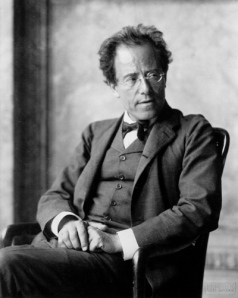El Sistema and Pittsburgh, Part IV of a Series
Annie Gordon continues her series on El Sistema in this week’s article from The Muse Dialogue. In this fourth installment, she looks at several programs in the Pittsburgh area, programs that are directly inspired by El Sistema or that share El Sistema goals of using music to make an impact on young people. The work of the featured programs — Ozanam, the Poco a Poco intitiative of the Pittsburgh Chamber Music Society, the East Liberty Community Engagement Orchestra, Assemble PGH — have inspiring stories to tell, and we are grateful for the opportunity to share them.
Read and learn about the impact that music can make for young people in often difficult circumstances. Join us for “El Sistema and Pittsburgh” (click here to read the full article).













